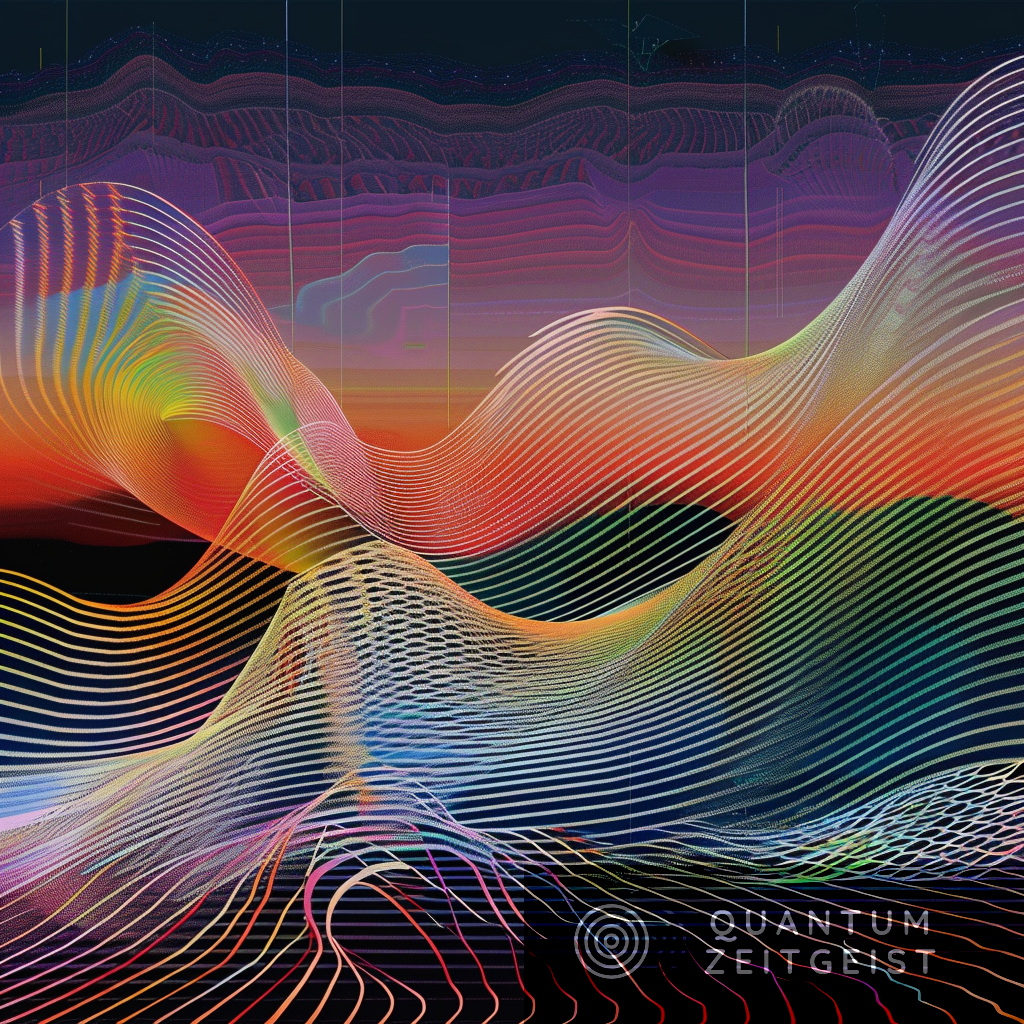High-Harmonic Generation (HHG) is a process where a system absorbs many photons of a driving laser and emits a single photon of higher energy. Over the past 30 years, advancements in laser technologies have improved our understanding of electron dynamics. This has led to the development of tools for probing and controlling matter. However, more complex experimental regimes require a more complete system description. To overcome this, analog simulation has become a tool to access phenomena with highly controllable devices. Current atomic platforms offer a unique opportunity to measure the emission spectrum of HHG. This research opens up new possibilities for understanding the ultrafast dynamics of materials.
What is High-Harmonic Generation and How Can it be Simulated?
High-Harmonic Generation (HHG) is a complex process where a system absorbs many photons of a driving laser and emits a single photon of much higher energy. Over the past three decades, advancements in laser technologies have significantly improved our ability to manipulate and understand electron dynamics on their natural attosecond timescale. This has led to the development of a wide range of tools for probing and controlling matter, including high-harmonic spectroscopy, laser-induced electron diffraction, photoelectron holography, attosecond streaking, and reconstruction of attosecond harmonic beating by interference of two-photon transitions.
The experimental realization and interpretation of these complex processes have often been guided by simplified theoretical descriptions that still capture the main properties of the dynamics. In the field of attoscience, simplifications such as only considering one or two active electrons, disregarding the interaction of the ionized electron with the parent ion during its propagation in the continuum, or performing saddle-point approximations have provided valuable quantitative predictions concerning HHG and other phenomena.
However, additional experimental regimes require a more complete description of the system, including those where multi-electronic processes or Coulomb nuclear potentials play a key role. This has motivated an intense development of analytical and numerical methods aimed at pushing current computing capabilities.
How Can Analog Simulation Help in Understanding HHG?
To circumvent the computation complexity, analog simulation has become an enabling tool to access phenomena with highly controllable devices, the temporal and spatial scales of which are more favorable to measure than those naturally present in attosecond physics. Experimental advances in the engineering of interactions now foster the simulation of quantum chemistry phenomena such as molecular geometries, vibronic calculations, or the presence of conical intersections.
Recently, this experimental benchmark of chemical processes has accessed the response of an atomic system to strong pulses in the regime where the energy imparted by the simulated laser field is strong enough to ionize the target atoms. This is the case of experiments where the incoming field is simulated by the curved shape of a waveguide or by a shaken potential applied on a neutral atomic species.
What is the Role of Atomic Platforms in Simulating HHG?
Current atomic platforms offer a unique opportunity to access and measure the emission spectrum of HHG through absorption measurements. The simulated Hamiltonian corresponds to the physical response of a single-atom target. This is in contrast with real experiments where thousands of atoms are simultaneously driven to collect enough photons to resolve the spectrum, which challenges phase-matching conditions when a large ionization occurs under strong fields. The simulator thus provides an important bridge between experiments and theory, offering controllable experimental access to complex systems that otherwise can only be theoretically approximated.
Who are the Key Players in this Research?
The research was conducted by a team of scientists from various institutions including ICFO-Institut de Ciencies Fotoniques, The Barcelona Institute of Science and Technology, Department of Physics and Astronomy at Aarhus University, Department of Physics at University of California, Department of Physics at Guangdong Technion-Israel Institute of Technology, Technion-Israel Institute of Technology, and Guangdong Provincial Key Laboratory of Materials and Technologies for Energy Conversion.
What are the Future Implications of this Research?
The research opens up new possibilities for understanding the ultrafast dynamics of materials and their electronic response to applied strong laser fields. The use of trapped ultracold atoms with highly controllable potentials as an enabling tool to describe phenomena in a scenario in which some effects are more easily accessible and 12 orders of magnitude slower is a significant advancement. The research also introduces a mapping between the parameters of attoscience platforms and atomic cloud simulators and proposes an experimental protocol to access the emission spectrum of high-harmonic generation, a regime that has so far been elusive to cold-atom simulation. This could provide new insights into the conversion efficiency of extended and short nuclear potentials as well as the response to applied elliptical polarized fields or ultrashort few-cycle pulses.
Publication details: “Analog Simulation of High-Harmonic Generation in Atoms”
Publication Date: 2024-02-20
Authors: Javier Argüello-Luengo, Javier Rivera-Dean, Philipp Stammer, Andrew S. Maxwell, et al.
Source: PRX Quantum 5, 010328
DOI: https://doi.org/10.1103/PRXQuantum.5.010328

